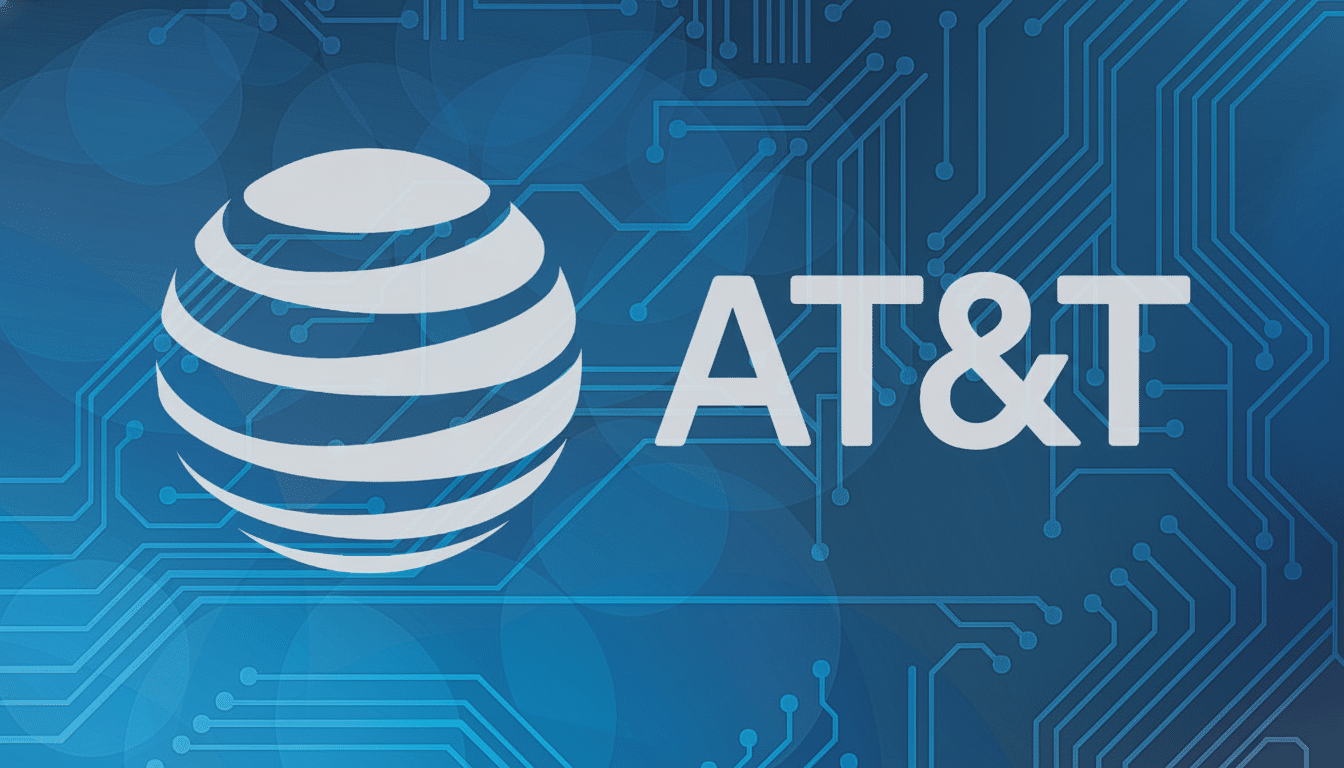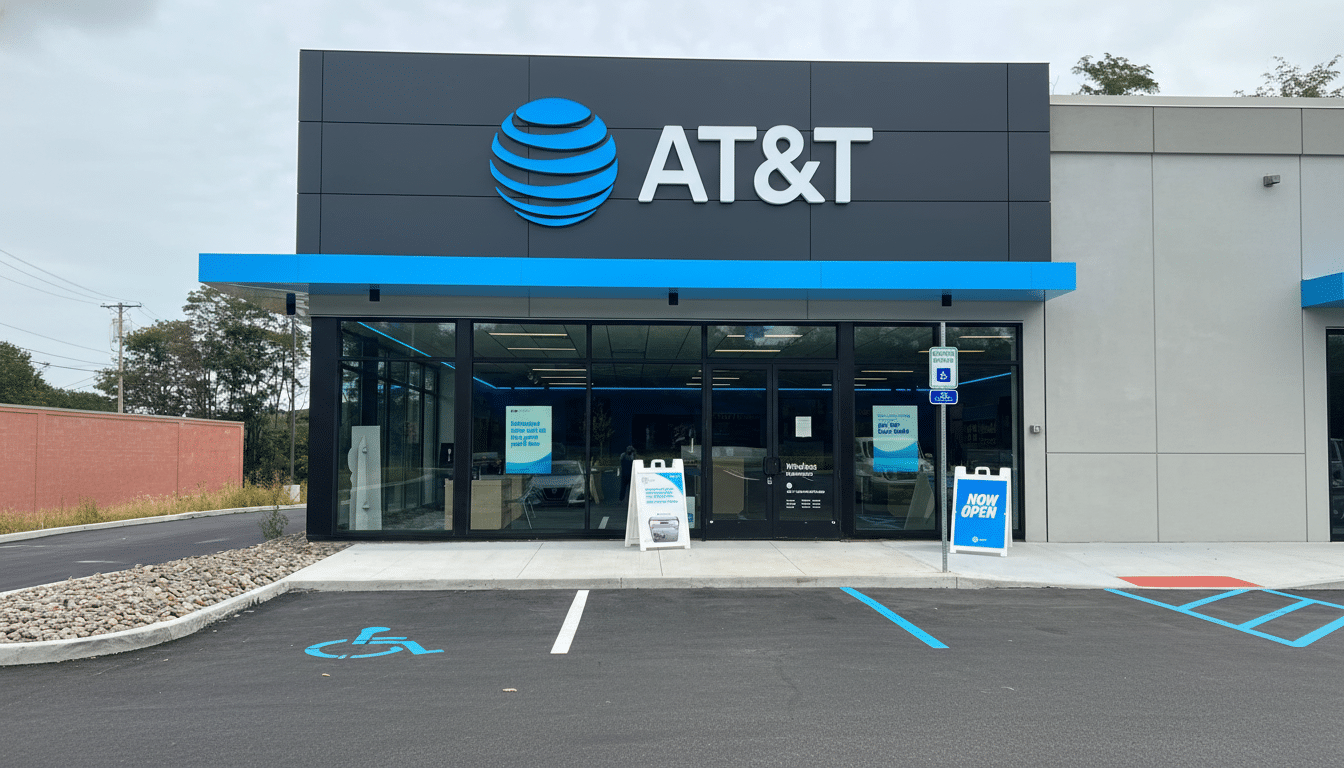If AT&T service is on the fritz, you’re not alone. Many customers are unable to make phone calls as well as use data and text in large parts of the U.S.
Early signs point to a surge in complaints rather than an isolated incident, with patterns resembling those seen during regional or multi-regional network outages.
- What Users Are Reporting During the AT&T Outage
- Where Reports Are Concentrated Across U.S. Cities
- How to Verify an Outage and Rule Out Device Issues
- What to Do Right Now to Restore Basic Service
- Why Networks Fail During Large Mobile Outages
- Will You Get a Credit for Service Disruptions
- The Bottom Line on Today’s Reported AT&T Outage

What Users Are Reporting During the AT&T Outage
Customers have described calls not connecting, messages stuck on sending, and phones dropping to SOS or emergency-only mode.
Some people are reporting inconsistent performance; data may work while calls fail, or 5G suddenly disappears when LTE continues to work.
MVNOs that use AT&T’s network for service, such as Cricket or some plans from Consumer Cellular and Straight Talk, appear to be affected for some subscribers—a regular ripple effect when the host network has trouble.
Where Reports Are Concentrated Across U.S. Cities
Crowdsourced outage tracker DownDetector—operated by Ookla—shows activity clustering near major metro areas in the U.S., including Atlanta, Charlotte, and Miami, as well as further afield in Dallas and Nashville. That behavior usually indicates regional infrastructure problems or core network changes that are affecting multiple markets.
Outages rarely affect every tower the same way. Two users on the same street in a city can have vastly different experiences depending not just on tower load, but also backhaul and device settings like 5G Standalone or Non-Standalone.
How to Verify an Outage and Rule Out Device Issues
Begin by consulting AT&T’s service status tools or official social channels for acknowledgments and expected recovery timelines. DownDetector’s live map and comments are helpful for getting a sense of scale and ensuring that others around you are experiencing the same issues.

If you handle several lines of service, verify with another device and, ideally, an alternate SIM profile. A single-line failure can indicate issues with account provisioning; a multi-line failure is indicative of a network-wide event.
What to Do Right Now to Restore Basic Service
- Turn on Airplane Mode for 20–30 seconds to trigger a fresh network registration. Many transient attach issues are solved by this simple step.
- Change network type manually in System Settings > Cellular network settings to LTE instead of 5G. LTE can be more reliable during 5G core- or signaling-related outages.
- Turn on Wi-Fi Calling (if your carrier supports it), then connect to a Wi-Fi network. This can restore incoming and outgoing calling and texting if cellular is down.
- Reseat or reprovision your SIM or eSIM profile. For eSIM, removing and re-adding it in your carrier account can unstick provisioning states.
- As a last resort, reset network settings. You’ll have to re-add Wi-Fi passwords and Bluetooth pairings, but this can resolve corrupted cellular profiles.
Why Networks Fail During Large Mobile Outages
Large-scale mobile outages typically can be traced back to fiber cuts, power failures, software rollouts that go bad, or misconfigurations in routing and authentication systems. When a key ingredient stumbles, symptoms can ripple—calls drop, towers go online but refuse to hook up devices, or services degrade erratically between markets.
AT&T previously blamed a widely reported outage earlier this year on a mistake during the installation of software updates, a reminder that modern 5G networks are heavily reliant on software. Based on CTIA and carrier transparency reports, the majority of outages are resolved within hours, though recovery windows differ by root cause.
Will You Get a Credit for Service Disruptions
Carriers occasionally offer bill credits for substantial or prolonged outages. Policies vary by plan and market. For those whose service was materially affected, keep a paper trail about the downtime and contact customer support; most providers decide on credits on a case-by-case basis, with some automatically issuing them after large-scale incidents.
Enterprise and IoT customers should also warn account managers about the impact, as SLAs may feature separate remedies for confirmed outages.
The Bottom Line on Today’s Reported AT&T Outage
There does seem to be a real problem in the wild, with clear hot spots in many major cities for AT&T users. Monitor your carrier’s outage reports and official channels, rely on Wi-Fi Calling whenever you can, and consider falling back to LTE when the restoration effort is underway.
If you depend on a line for critical services, make sure it has an interim failover—another carrier’s hotspot, a dual-SIM device tied to another network, or a VoIP option—until normal service is restored.

